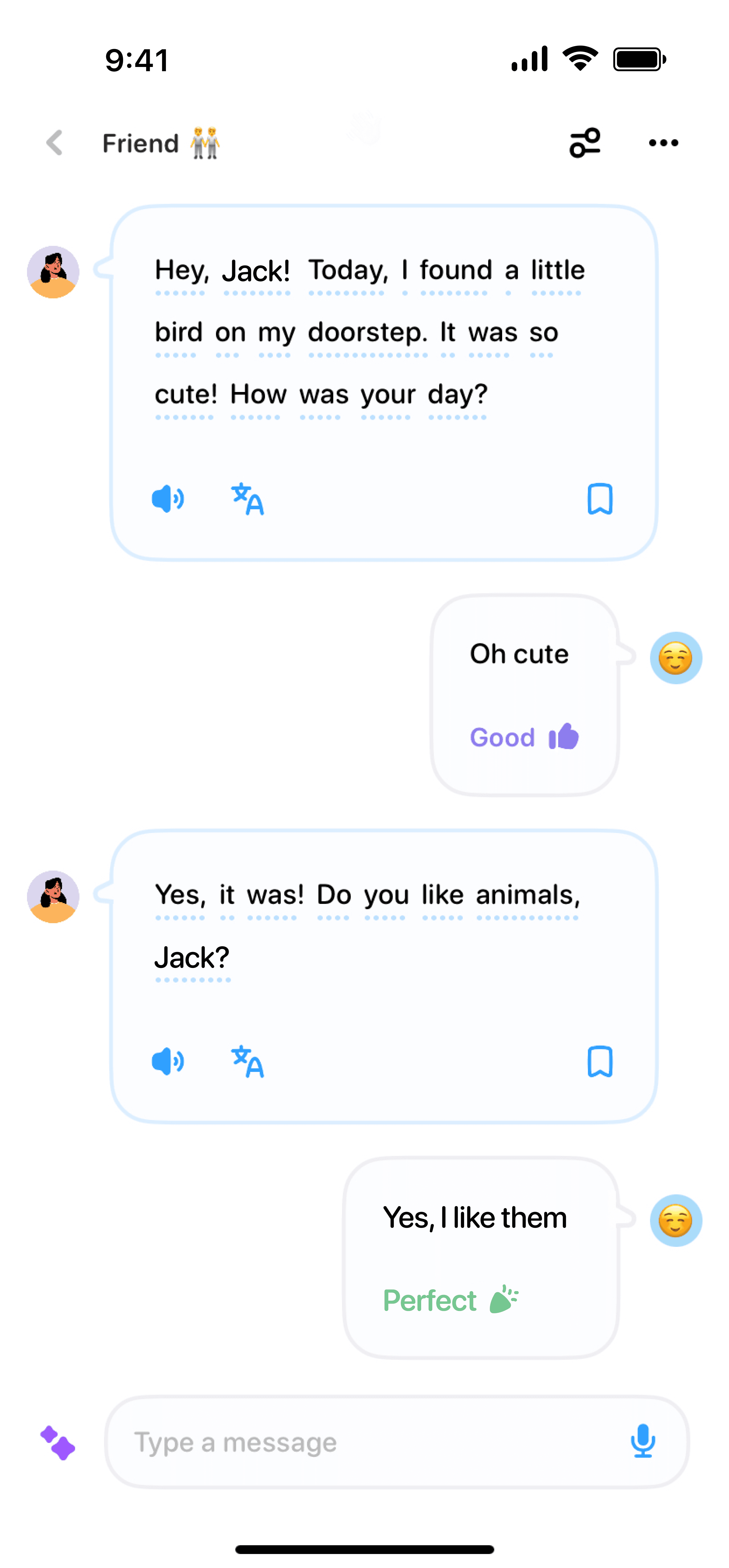06/23/2024
·
Emma Robbie
Looking to master Puerto Rican Spanish? 🌞 Whether you're planning a sun-soaked trip to this beautiful island or just want to connect with Puerto Rican friends and family, learning how to speak like a local can make your experience richer and more engaging. Here’s a foolproof guide on how to learn Puerto Rican Spanish effectively!
Why Puerto Rican Spanish?
Puerto Rican Spanish is a unique blend of influences, mixing traditional Spanish with Taíno, African, and American English elements. This vibrant dialect is known for its energetic rhythm and distinctive vocabulary. Ready to dive into this linguistic adventure?
1. Immerse Yourself in Authentic Media
One of the best ways to learn Puerto Rican Spanish is through immersion. Tune into Puerto Rican radio stations, watch local TV shows, and listen to popular reggaeton and salsa music. Here are some examples to get you started:
Radio: La Nueva 94 – for the latest reggaeton hits.
TV: WAPA América – catch shows like “Pégate al Mediodía.”
Music: Daddy Yankee, Bad Bunny
2. Use Language Learning Apps with Puerto Rican Content
Language learning apps can be great if they have content tailored to specific dialects. Try apps like Duolingo, which may have user-contributed sentences, or Memrise, which offers community-created courses including vocabulary and phrases specific to Puerto Rican Spanish.
3. Practice with Native Speakers
Nothing beats practicing with real people. Connect with native Puerto Rican speakers through language exchange platforms like Tandem or HelloTalk. You can learn colloquialisms, pronunciation, and cultural nuances that textbooks just don’t cover.
4. Learn Puerto Rican Slang
Puerto Rican Spanish has its own set of slang words, which are pivotal for sounding like a local. Here are some you might encounter:
Chévere – cool or awesome
Janguear – to hang out
Guagua – bus
Boricua – Puerto Rican
5. Understand the Accent and Pronunciation
Puerto Rican Spanish has a distinct accent. For example, the letter "r" is often pronounced like an "l," making "puerto" sound like "puelto." Pay close attention to how words are pronounced in your listening activities and try to mimic them closely.
6. Dive into Puerto Rican Culture
Language and culture go hand in hand. Understanding Puerto Rican culture will help contextualize your learning. Explore the island’s rich history, traditions, and festivals. Read books, watch movies, and cook Puerto Rican dishes like mofongo or arroz con gandules.
7. Take an Online Course or Get a Tutor
If self-study isn’t enough, consider enrolling in an online course specifically designed for Puerto Rican Spanish. Alternatively, hire a tutor who is a native speaker. Websites like iTalki or Preply offer qualified tutors who can provide personalized lessons.
Consistency is Key
Learning a language is a marathon, not a sprint. Commit to practicing daily, even if it’s just for 15 minutes. Use a mix of the methods above to keep your learning experience balanced and engaging. ¡Buena suerte! 🌺
Before you know it, you'll be jangueando with the locals and feeling right at home in Puerto Rico. Happy learning!



